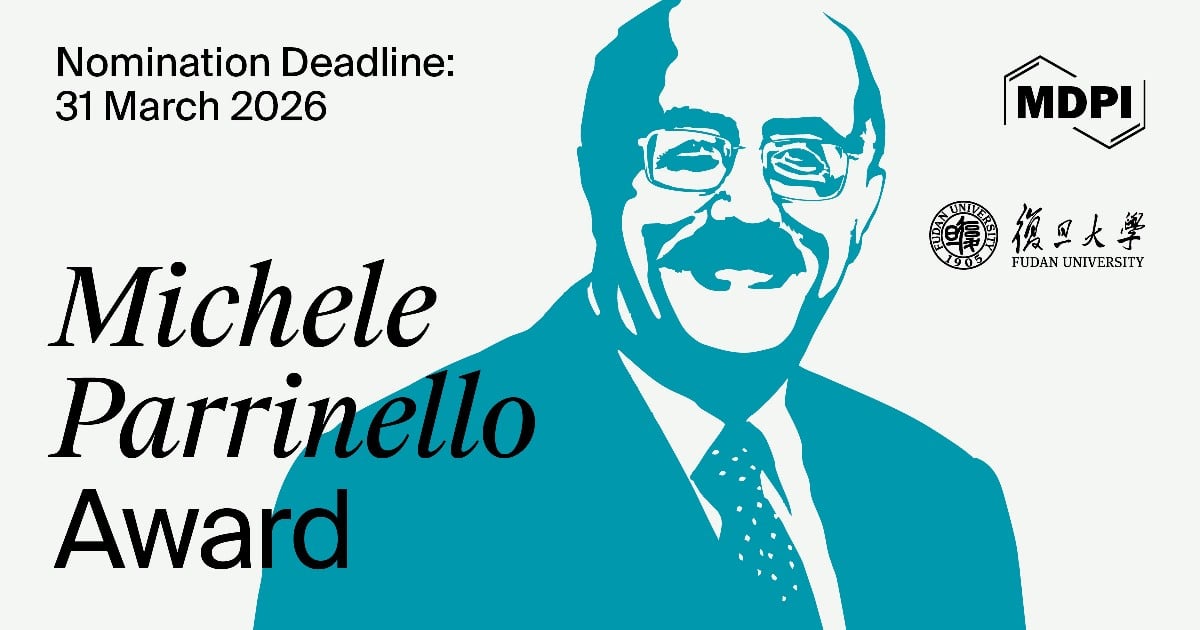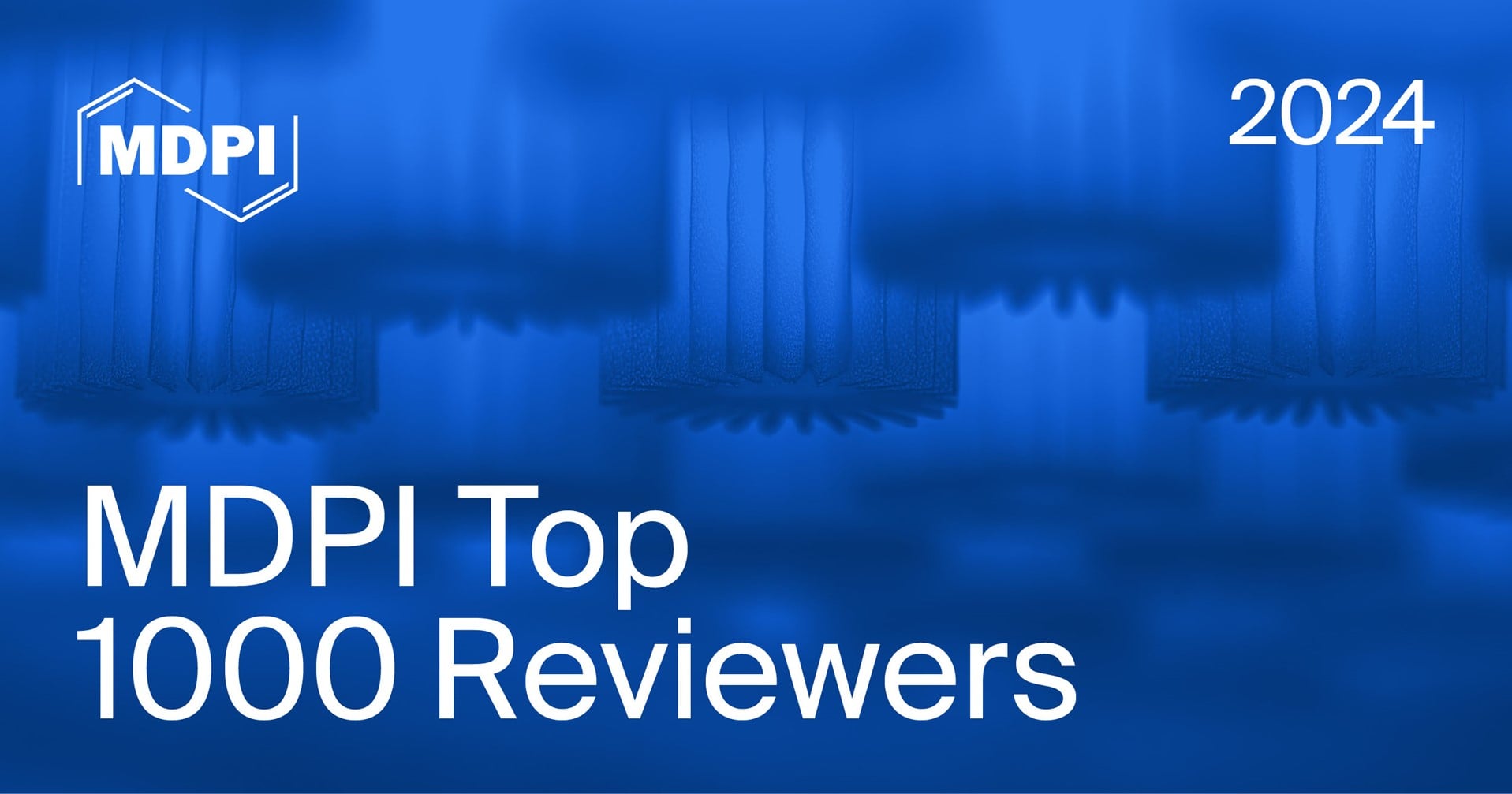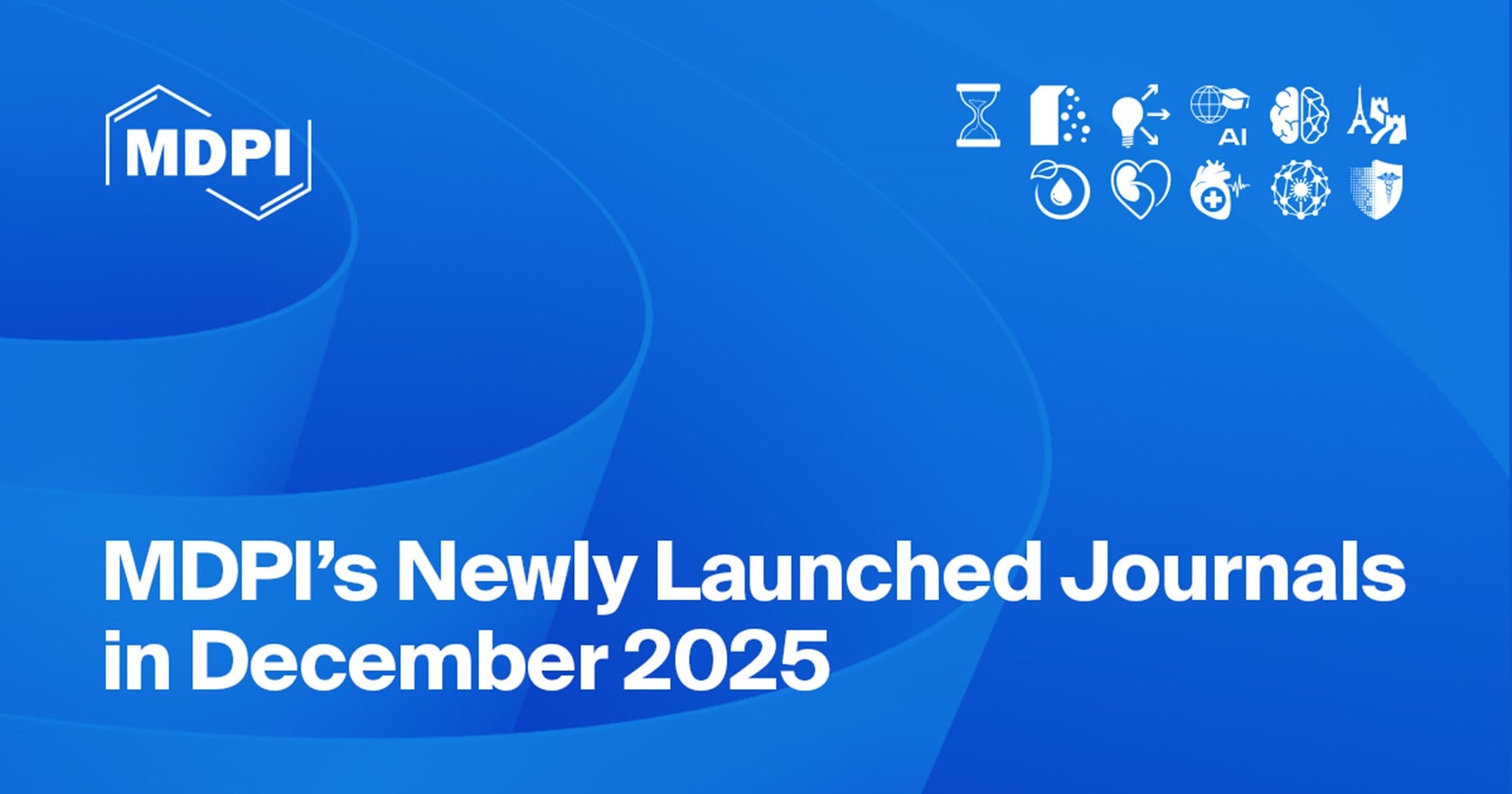-
 Integrating Soil Diagnostics and Life Cycle Assessment to Enhance Vineyard Sustainability on a Volcanic Island (Tenerife, Spain)
Integrating Soil Diagnostics and Life Cycle Assessment to Enhance Vineyard Sustainability on a Volcanic Island (Tenerife, Spain) -
 Spatial Distribution, Health Risks and Heavy Metal Pollution Assessment of Surface Water Under Multiple Anthropogenic Stressors: Case Study in Middle Moulouya Watershed, Morocco
Spatial Distribution, Health Risks and Heavy Metal Pollution Assessment of Surface Water Under Multiple Anthropogenic Stressors: Case Study in Middle Moulouya Watershed, Morocco -
 Improving Resource Efficiency in Plant Protection by Enhancing Spray Penetration in Crop Canopies Using Air-Assisted Spraying
Improving Resource Efficiency in Plant Protection by Enhancing Spray Penetration in Crop Canopies Using Air-Assisted Spraying -
 Natural Additives for Sustainable Meat Preservation: Salicornia ramosissima and Acerola Extract in Mertolenga D.O.P. Meat
Natural Additives for Sustainable Meat Preservation: Salicornia ramosissima and Acerola Extract in Mertolenga D.O.P. Meat
Journal Description
Resources
- Open Access— free for readers, with article processing charges (APC) paid by authors or their institutions.
- High Visibility: indexed within Scopus, ESCI (Web of Science), GeoRef, PubAg, AGRIS, RePEc, and other databases.
- Journal Rank: JCR - Q2 (Environmental Sciences) / CiteScore - Q1 (Nature and Landscape Conservation)
- Rapid Publication: manuscripts are peer-reviewed and a first decision is provided to authors approximately 23.3 days after submission; acceptance to publication is undertaken in 4.5 days (median values for papers published in this journal in the second half of 2025).
- Recognition of Reviewers: reviewers who provide timely, thorough peer-review reports receive vouchers entitling them to a discount on the APC of their next publication in any MDPI journal, in appreciation of the work done.
- Journal Clusters of Water Resources: Water, Journal of Marine Science and Engineering, Hydrology, Resources, Oceans, Limnological Review, Coasts.
Latest Articles
E-Mail Alert
News
Topics
Deadline: 30 January 2026
Deadline: 28 February 2026
Deadline: 31 March 2026
Deadline: 15 April 2026
Conferences
Special Issues
Deadline: 20 January 2026
Deadline: 10 February 2026
Deadline: 20 February 2026
Deadline: 10 March 2026





























